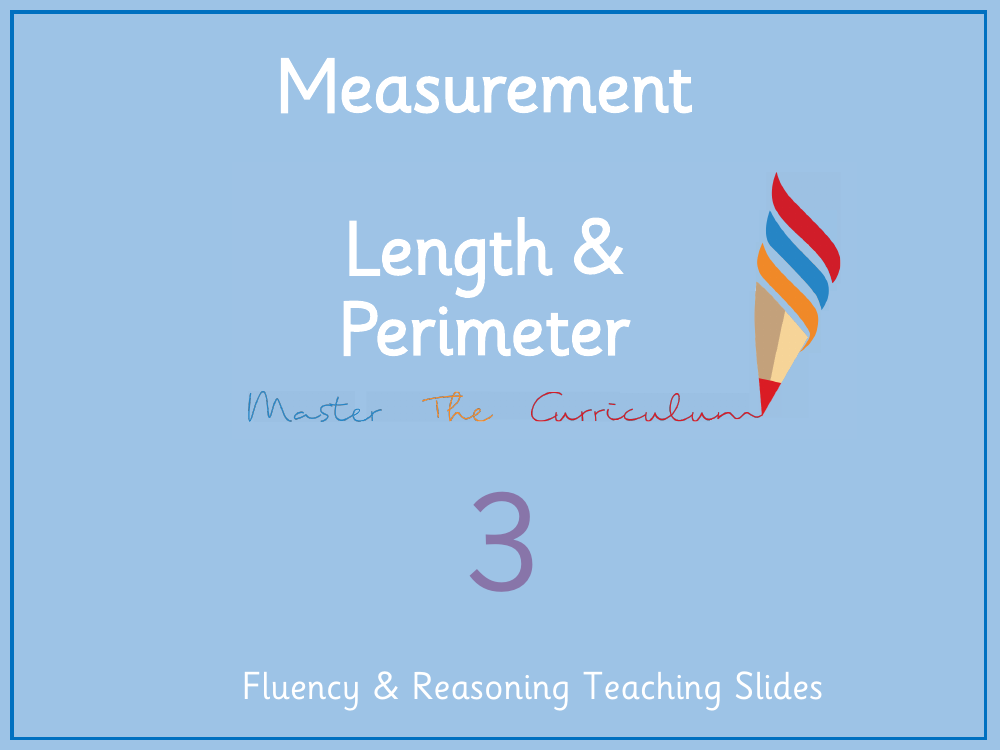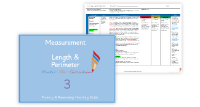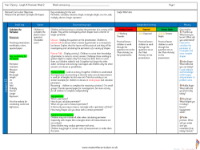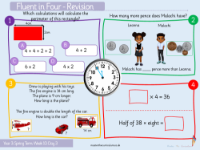Length and Perimeter - Activity calculate perimeter - Presentation

Maths Resource Description
In a series of engaging activities, students are tasked with calculating the perimeter of various shapes, exploring the concepts of length and perimeter in geometry. The lesson begins with a discussion to clarify what perimeter is, followed by a focus on practical application. For instance, students are presented with a shape and asked to determine its perimeter by adding the lengths of all sides. They are guided through the process of elimination, learning why certain calculations, such as adding just two sides or confusing area with perimeter, are incorrect. The correct method is reinforced: to find a shape's perimeter, one must sum the lengths of all its sides, as demonstrated with an example where the correct perimeter is identified to be 18cm for a shape with sides measuring 6cm and 3cm.
Further activities challenge students to apply their understanding to rectangles, where they must select the correct calculations to find the perimeters. The lesson encourages critical thinking by presenting incorrect options and asking students to reason why they are not suitable. For example, a calculation that only includes two sides or one that mistakenly calculates area instead of perimeter is highlighted and corrected. Additionally, the lesson touches on the importance of unit conversion, as students must convert millimetres to centimetres to accurately calculate perimeters. The activities also delve into misconceptions, such as the belief that rectangles can only have even perimeters, which is debunked through examples of rectangles with odd perimeters by including half-centimetre measurements. The main activity prompts students to explore the relationship between a rectangle's perimeter and the number of squares inside it, encouraging them to draw different rectangles with the same perimeter and compare the areas.


